


The Great Inca Trail aka the Qhapaq Ñan spans 25,000 miles and seven countries, making it the largest UNESCO World Heritage site on the planet. Here are 6 great reasons why you simply have to follow in the Incas’ footsteps with us.
1. You’ll walk with the llamas, as the Incas did
Llamas are the ultimate Andean pack animal, but most other treks use donkeys, mules or human porters to lug the heavy equipment. We use llamas for historical accuracy and for practical reasons. Llamas’ soft padded feet (unlike those of hooved animals) do no damage to the ancient Inca roads, and they’re able to navigate the treacherous terrain of this remote and rugged part of the Andes with ease. Llamas can be moody (you’ll almost certainly be required to run after a rogue cohort of animals at some point in your trek!) but once they know where they’re going they are magnificent pack animals. They also make for amazing selfies.
Section Type: standardWidthImageS
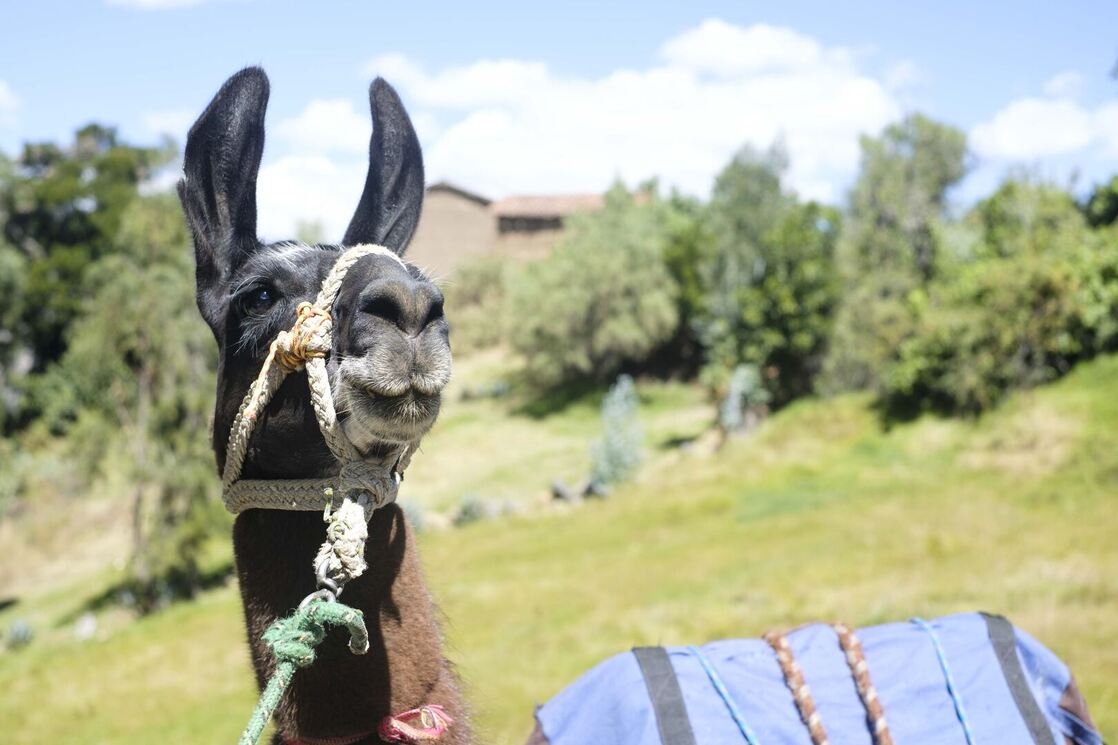
2. You’ll camp in real Inca tambos or refuges
The Great Inca Trail was much more than a road. It was a network of cities, towns, religious sites and smaller way stations known as tambos where travelers could rest for the night and stock up on food and water for the next day’s journey. On the sections that we hike, these tambos appear like clockwork every 10 or 15 miles, so of course we take the hint! The ground is flat, there’s always a water source nearby, and the stone remains are fascinating to explore.
Section Type: standardWidthImageS
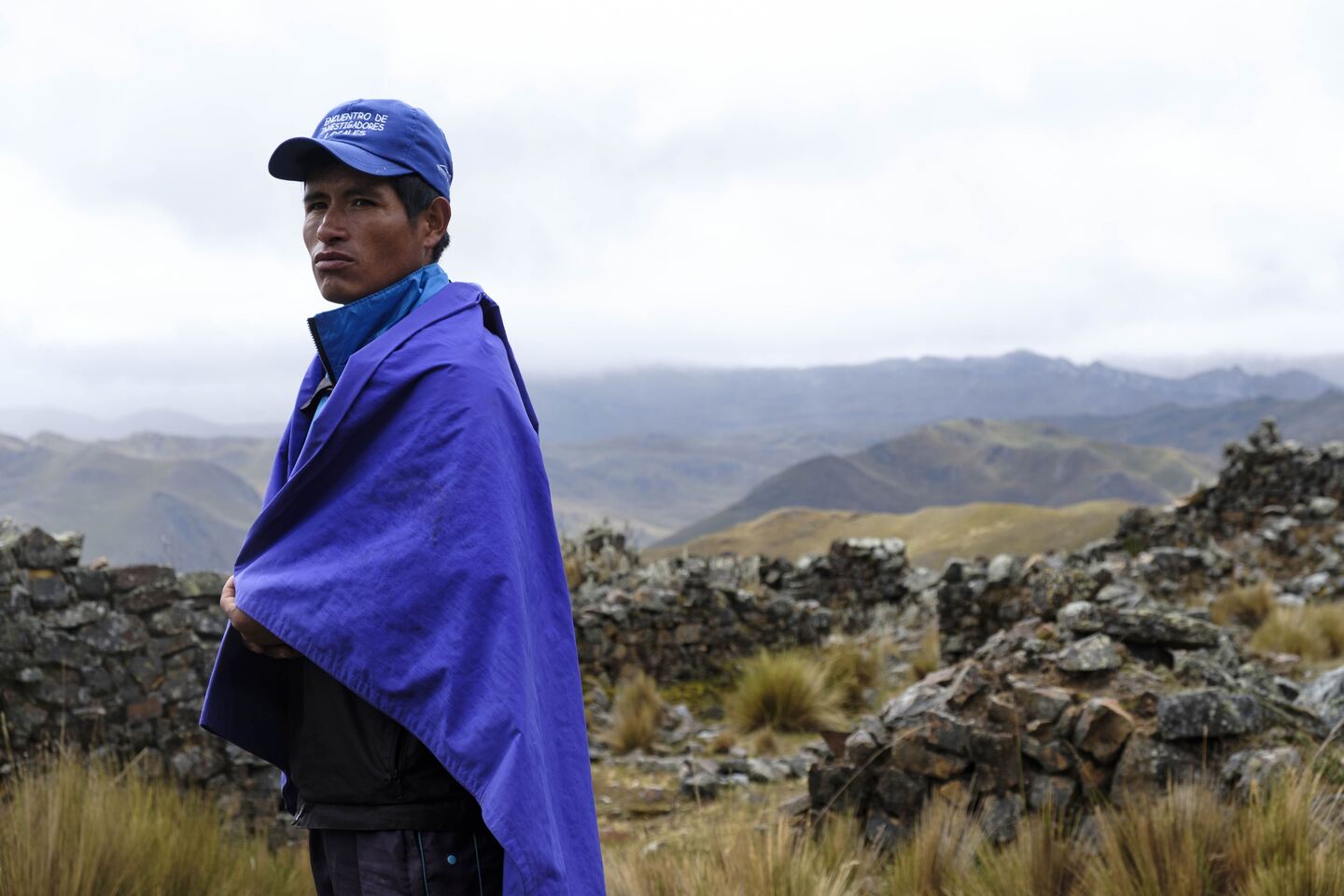
3. You’ll meet the modern custodians of an ancient way of life
The Great Inca Trail has connected communities for centuries and you will pass through small towns and tiny hamlets on your trek. You’ll see farmers using oxen to plow their fields and you’ll witness children herding goats on the altiplano. You’ll meet master weaver Juan Araujo at his home near the tambo at Quenajirca and you’ll probably eat potatoes or quinoa gifted to you by one of the communities.
Section Type: standardWidthImageS
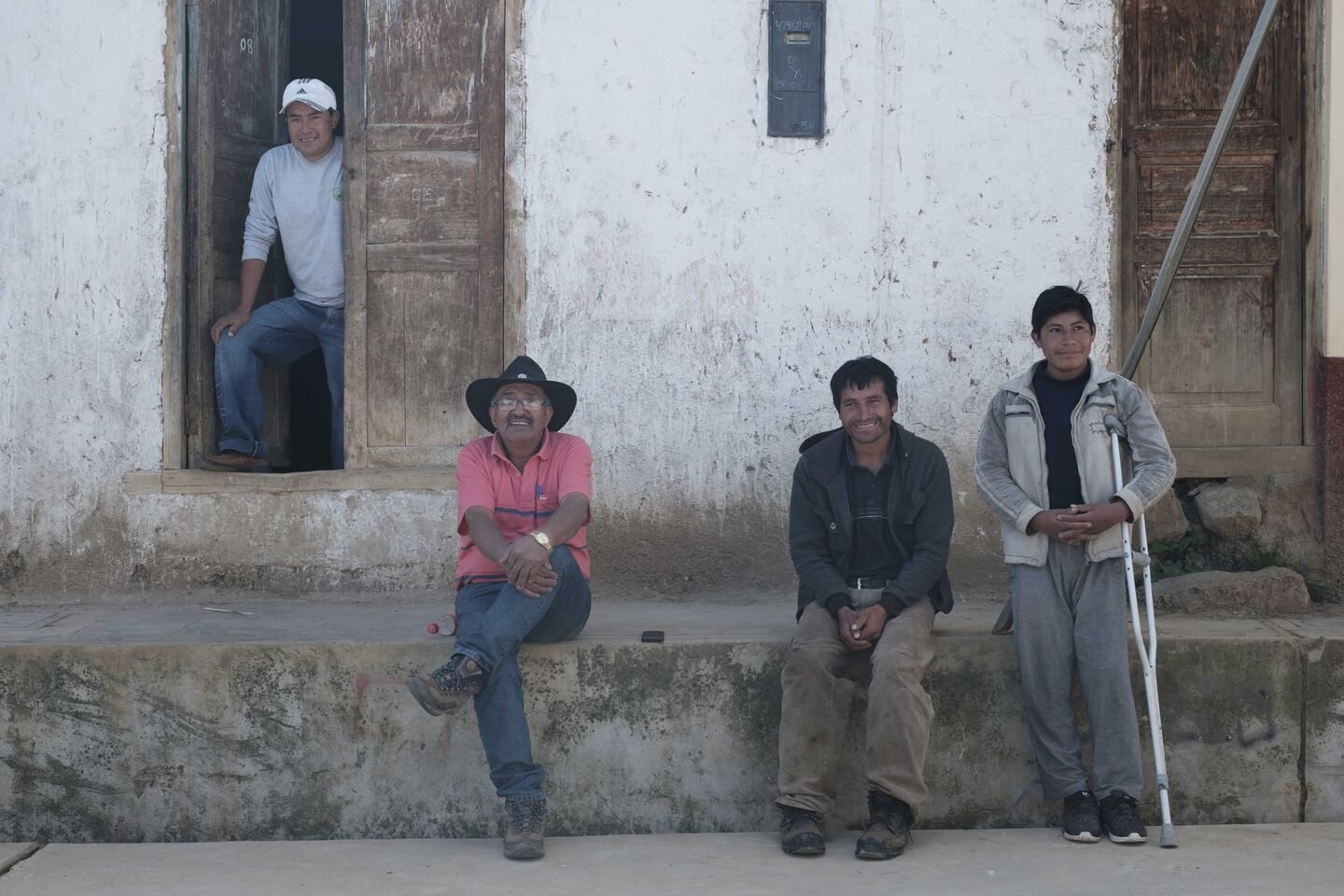
4. You’ll visit a remote corner of Peru that sees hardly any tourists
Peru is a vast country and most of its tourism activities are concentrated at a few hotspots. We trek in an area that is close enough to an airport to make access manageable, but far enough off the beaten track to mean that you probably won’t bump into any other tourists on your trek. When you walk The Great Inca Trail with us you see a slice of authentic Peru that very few people get to experience.
Section Type: standardWidthImageS
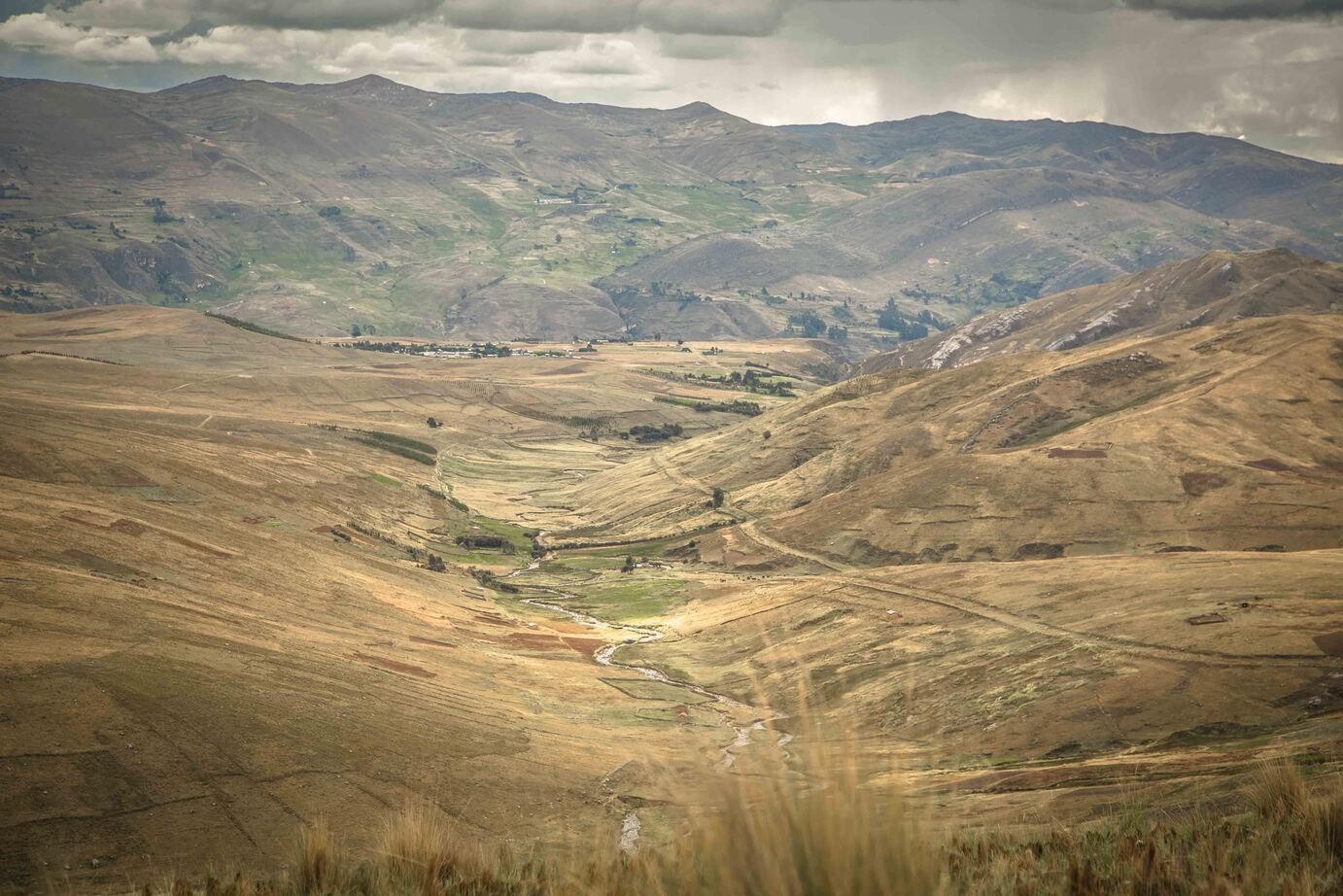
5. You’ll really get into the minds of the Incas by walking their road
Inca roads go high and straight. There’s no denying that this makes for punishing ascents and descents, but take your time and you’ll see that there was method in their madness. Staying high and following watersheds reduced the chances of erosion and it also meant that the Incas could easily see their enemies. Once you’ve walked The Great Inca Trail for a few days you’ll start to develop a sixth sense that tells you where to expect the next tambo, river crossing or ushnu (ceremonial platform).
Section Type: standardWidthImageS
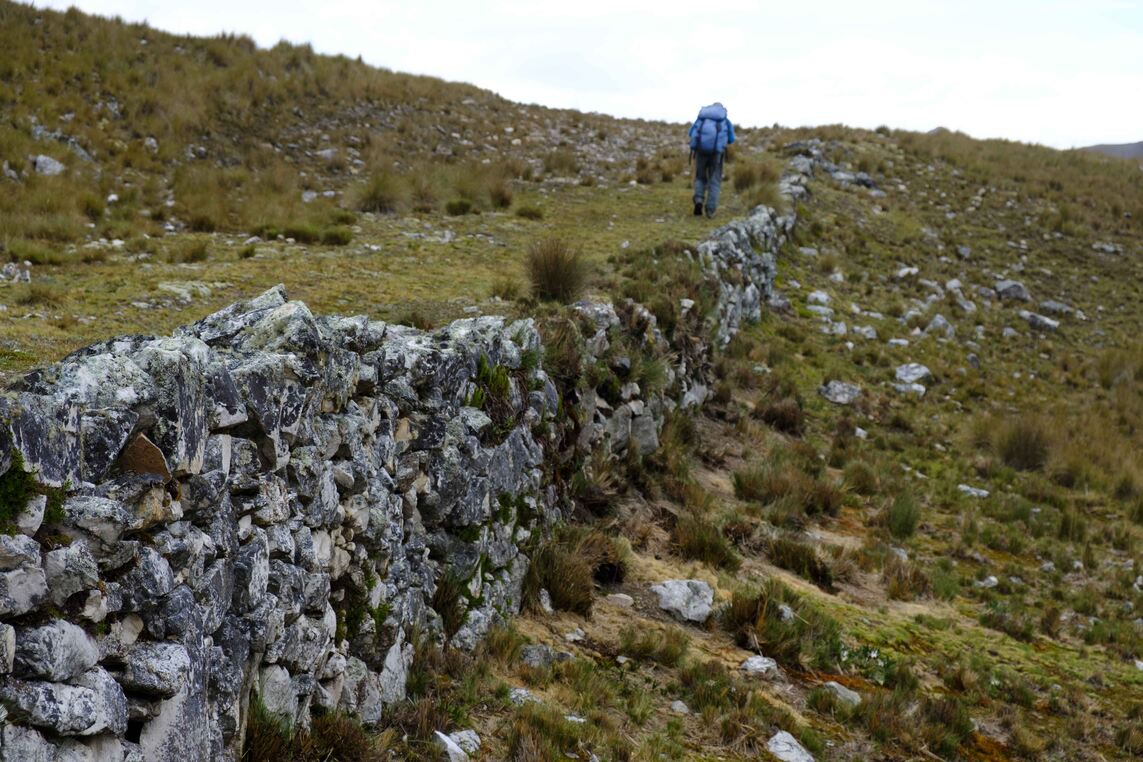
6. You’ll see the ruins one of the most important Inca administrative centers
Some of the most important settlements on The Great Inca Trail were located at important intersections. Our most popular itinerary culminates at the incredible archaeological site of Huánuco Pampa, which is 90 miles away from the nearest town and almost always deserted. In addition to a vast plaza and an opulent Inca palace, one of Huánuco Pampa’s most important roles was as a storage depot: archaeologists have counted 497 storehouses and 30 processing buildings on a hill to the south-west of the city!
Section Type: standardWidthImageS
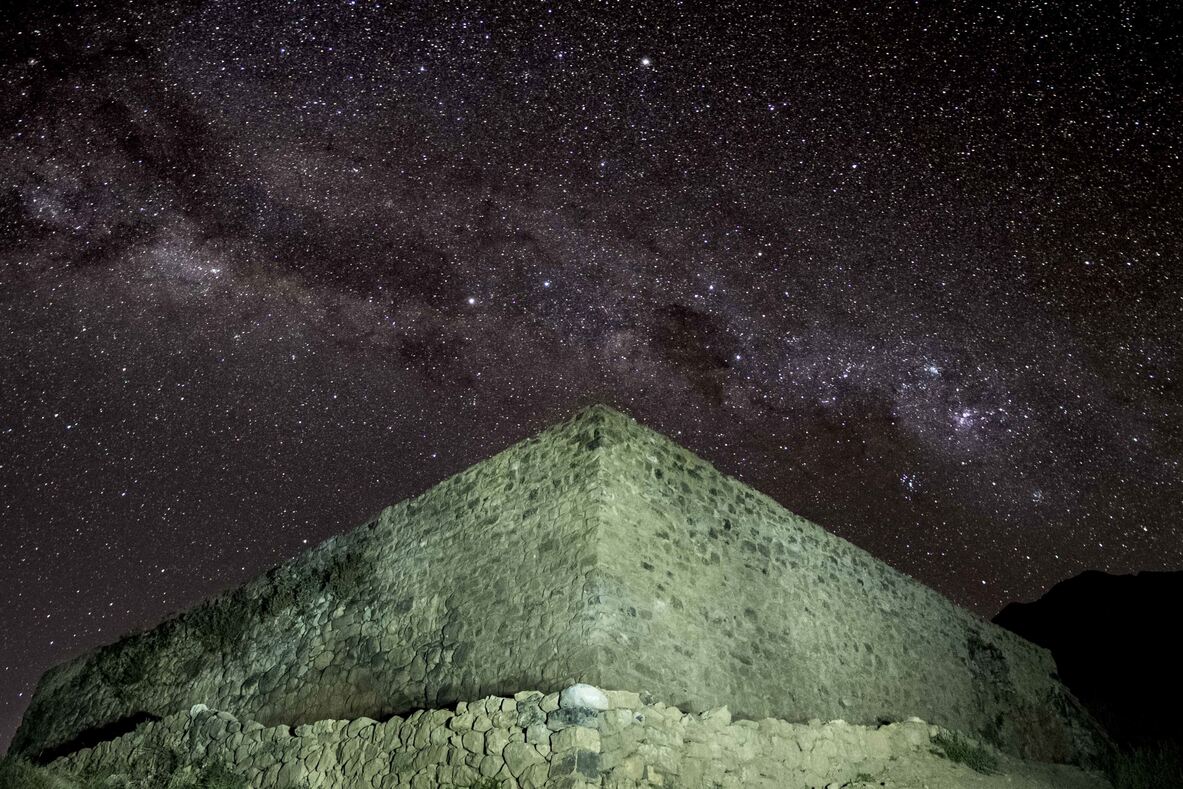
Section Type: cta
Does this sound like your cup of coca tea? Check out our most popular itinerary and get in touch with one of our highly-knowledgeable Destination Experts to make your Andean dream a reality.


Copyright © 2026 SA Luxury Expeditions LLC, All rights reserved | 95 Third Street, 2nd floor, San Francisco, CA, 94103 | 415-549-8049
California Registered Seller of Travel - CST 2115890-50. Registration as a seller of travel does not constitute approval by the state of California.










